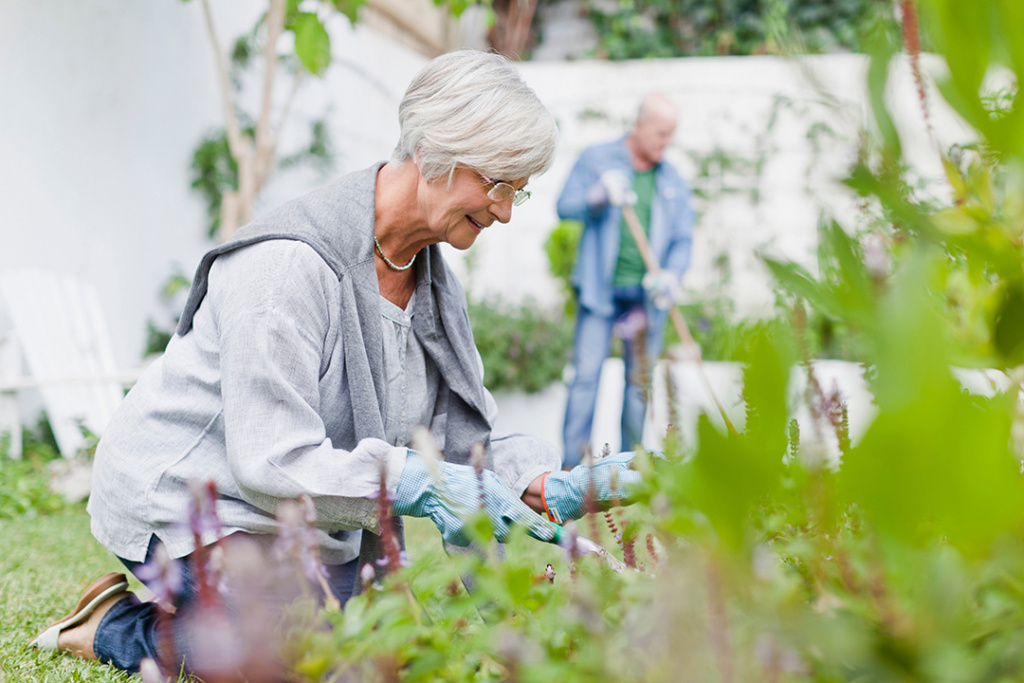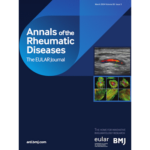
 Основные элементы рекомендаций EULAR 2018 года* по лечению остеоартрита рук включают информирование пациентов о заболевании и здоровье суставов и необходимости физических упражнений. Однако эти рекомендации не предоставляют информации о конкретном типе упражнений и конкретном содержании обучения пациентов. Группа медицинских работников, представителей пациентов, ревматологов и исследователей совместно создала серию коротких видеороликов для пациентов и медицинских работников с практической информацией об остеоартрите рук. Проект финансировался EULAR (Европейской лигой ревматологов) и Keele University’s Impact Accelerator Unit.
Основные элементы рекомендаций EULAR 2018 года* по лечению остеоартрита рук включают информирование пациентов о заболевании и здоровье суставов и необходимости физических упражнений. Однако эти рекомендации не предоставляют информации о конкретном типе упражнений и конкретном содержании обучения пациентов. Группа медицинских работников, представителей пациентов, ревматологов и исследователей совместно создала серию коротких видеороликов для пациентов и медицинских работников с практической информацией об остеоартрите рук. Проект финансировался EULAR (Европейской лигой ревматологов) и Keele University’s Impact Accelerator Unit.
В данном видео уделяется внимание движениям рук и использованию оборудования при занятии садоводством:
(в настройках к видео вы можете выбрать английские субтитры, далее автоматический перевод на русский язык)
В этом видео уделяется внимание использованию оборудования на кухне:
* Обновление рекомендаций EULAR по лечению остеоартрита рук, 2018 г.
Общие принципы охватывают цели лечения, предоставление информации, индивидуализацию лечения, совместное принятие решений и необходимость рассмотрения мультидисциплинарных и мультимодальных (нефармакологических, фармакологических, хирургических) подходов к лечению. Рекомендации 1–3 охватывают различные варианты немедикаментозного лечения (образование/информирование, вспомогательные устройства, упражнения и ортезы).
Kloppenburg, M., Kroon, F.P., Blanco, F.J., Doherty, M., Dziedzic, K.S., Greibrokk, E., Haugen, I.K., Herrero-Beaumont, G., Jonsson, H., Kjeken, I. and Maheu, E.
Annals of the rheumatic diseases, 78(1), pp.16-24. 2019
10.1136/annrheumdis-2018-213826
2018 update of the EULAR recommendations for the management of hand osteoarthritis
Since publication of the European League Against Rheumatism (EULAR) recommendations for management of hand osteoarthritis (OA) in 2007 new evidence has emerged. The aim was to update these recommendations. EULAR standardised operating procedures were followed. A systematic literature review was performed, collecting the evidence regarding all non-pharmacological, pharmacological and surgical treatment options for hand OA published to date. Based on the evidence and expert opinion from an international task force of 19 physicians, healthcare professionals and patients from 10 European countries formulated overarching principles and recommendations.
Level of evidence, grade of recommendation and level of agreement were allocated to each statement. Five overarching principles and 10 recommendations were agreed on. The overarching principles cover treatment goals, information provision, individualisation of treatment, shared decision-making and the need to consider multidisciplinary and multimodal (non-pharmacological, pharmacological, surgical) treatment approaches. Recommendations 1–3 cover different non-pharmacological treatment options (education, assistive devices, exercises and orthoses).
Recommendations 4–8 describe the role of different pharmacological treatments, including topical treatments (preferred over systemic treatments, topical non-steroidal anti-inflammatory drugs (NSAIDs) being first-line choice), oral analgesics (particularly NSAIDs to be considered for symptom relief for a limited duration), chondroitin sulfate (for symptom relief), intra-articular glucocorticoids (generally not recommended, consider for painful interphalangeal OA) and conventional/biological disease-modifying antirheumatic drugs (discouraged).
Considerations for surgery are described in recommendation 9. The last recommendation relates to follow-up. The presented EULAR recommendations provide up-to-date guidance on the management of hand OA, based on expert opinion and research evidence.
 Материал подготовила Саида Харисова медицинский редактор, переводчик, литературный обозреватель
Материал подготовила Саида Харисова медицинский редактор, переводчик, литературный обозреватель
